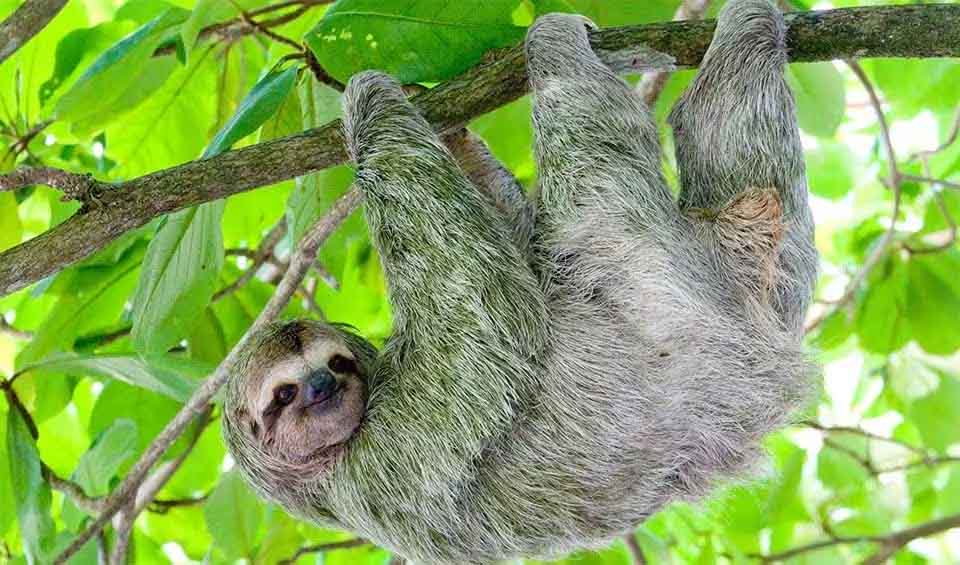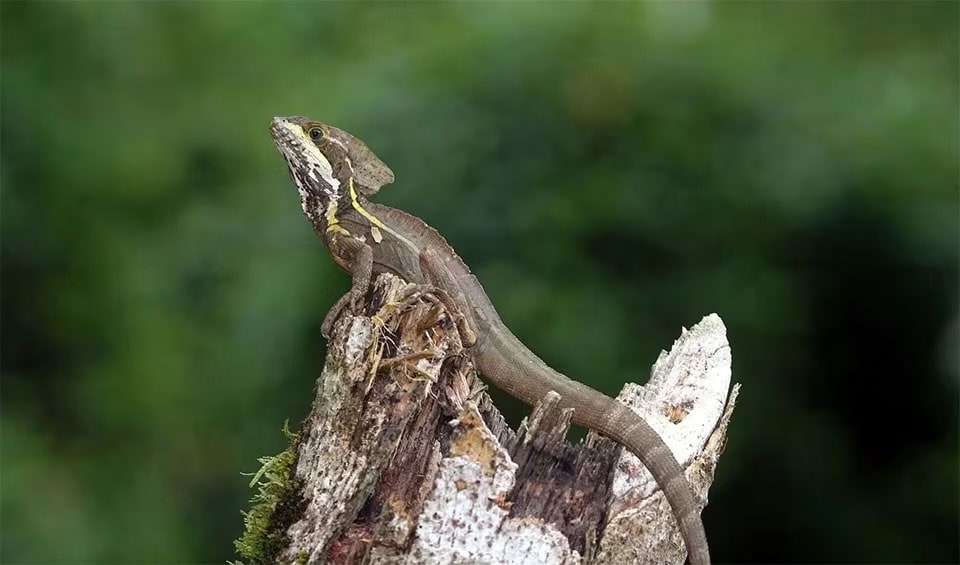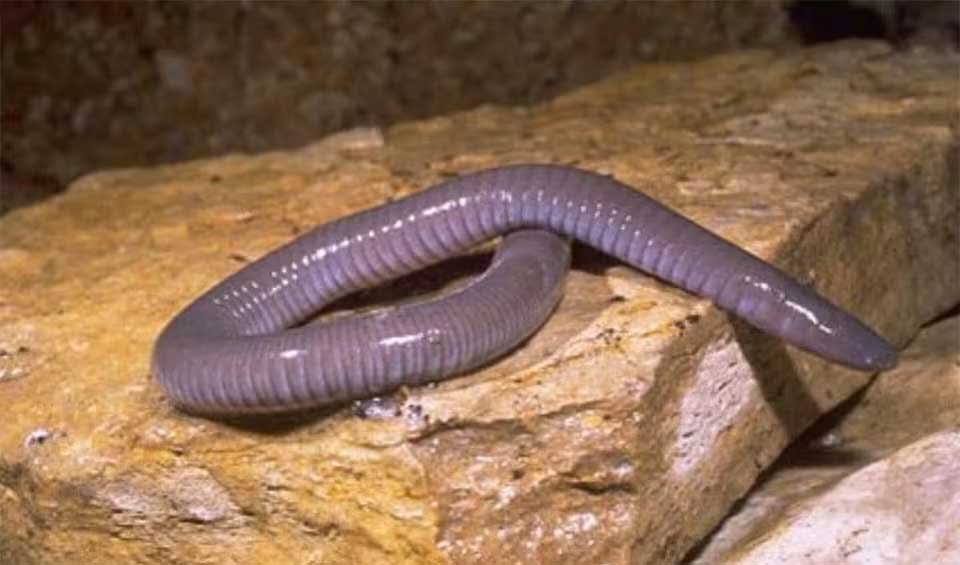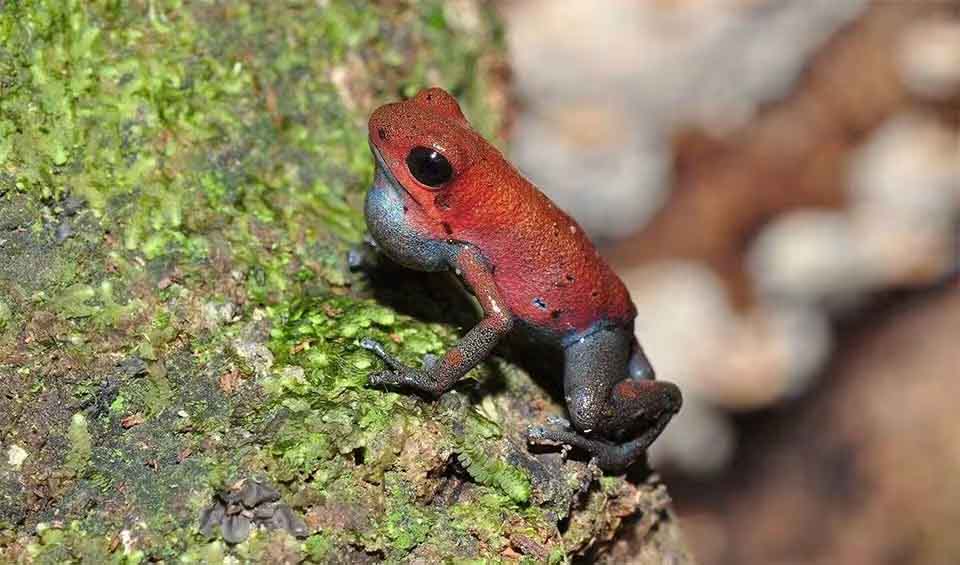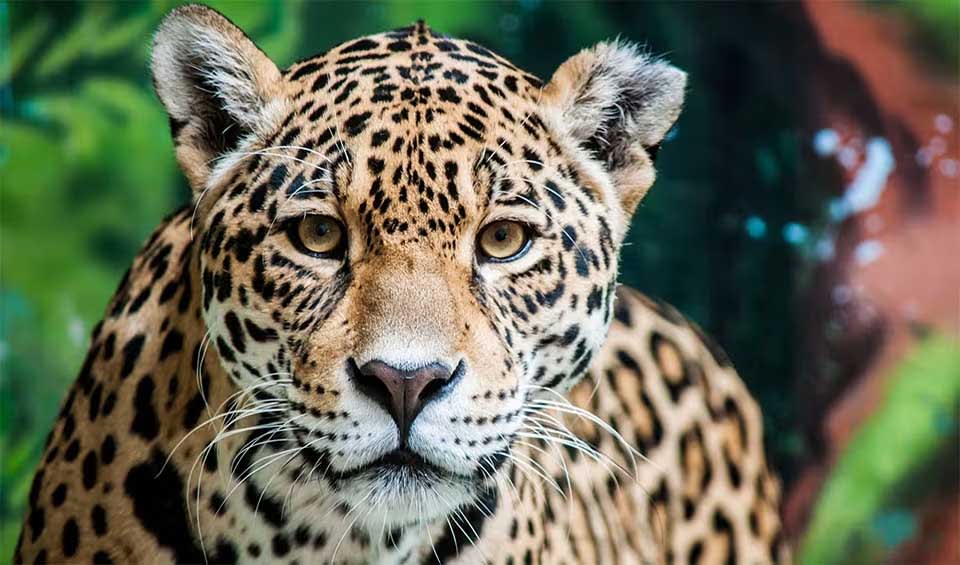Nicaragua, located in Central America, boasts a vast array of ecosystems including rainforests, dry forests, wetlands, and coastal regions. This diverse country features an assortment of breathtaking landscapes such as lush rainforests, misty cloud forests, rich mangroves, and dry tropical forests, each providing unique habitats for a wide variety of wildlife. It is home to Central America’s largest and most well-preserved tracts of tropical rainforests and lowland ecosystems.
Nicaragua’s extensive coastline stretches 463 km (288 miles) along the Caribbean and 372 km (231 miles) along the Pacific, making up 13% of Central America’s coasts. Additionally, the country possesses a large continental shelf, particularly in the Caribbean, contributing to its significant marine biodiversity.
Four pillars elaborated:
Nicaragua proudly manages a network of 78 protected areas, known as the National System of Protected Areas (SINAP), which covers 22,422 km² (8,657 mi²) or about 17.3% of the country’s territory. This extensive network safeguards a diverse collection of ecosystems including lush rainforests, cloud forests, volcanic regions, and coastal wetlands. The protected areas are categorized into nine different management types, each aimed at achieving specific conservation objectives. These categories range from strict nature reserves to national parks, natural monuments, wildlife refuges, biosphere reserves, and protected landscapes. Within these protected domains, Nicaragua hosts a wide range of biodiversity, providing critical habitats for many species, including endangered ones like sea turtles and the resplendent quetzal. Land Management
Land Management
The main threats to biodiversity in Nicaragua stem from both human activities and natural phenomena, falling into two broad categories. These include ecosystem transformation due to land use changes, irrational exploitation of natural resources, pollution from industrial and residential sources, and the construction of extensive horizontal infrastructure. Additionally, climate change poses a significant threat, altering weather patterns and affecting habitats and species survival. These factors collectively challenge the conservation of Nicaragua’s rich and diverse natural environments. Threats to Biodiversity
Threats to Biodiversity
The Nicaraguan government has implemented various efforts to support biodiversity conservation in the country. These include the establishment and management of a network of protected areas, such as national parks, wildlife refuges, and biosphere reserves, covering significant portions of the country’s landmass. Additionally, the government has implemented policies and regulations aimed at sustainable resource management and biodiversity protection, including measures to combat deforestation, regulate land use, and mitigate the impacts of climate change. Furthermore, the government collaborates with local communities, non-governmental organizations, and international partners to implement conservation projects, promote environmental education, and raise awareness about the importance of biodiversity conservation. Capacity and Governance
Capacity and Governance
Nicaragua’s future biodiversity plans are geared towards sustainable development, aiming to harmonize economic growth with environmental conservation. Key initiatives include the establishment of protected areas to preserve biodiversity hotspots and endangered species, alongside efforts to promote sustainable practices that minimize environmental impact and maintain soil fertility. Transitioning to cleaner energy sources to reduce dependence on fossil fuels is also prioritized. These plans emphasize collaboration between government bodies, NGOs, and local communities, highlighting the significance of community engagement in conservation endeavors, as exemplified by partnerships with organizations like Guacimo Eco-lodge. Future Trends
Future Trends
Biodiversity
Nicaragua, nestled in Central America, is endowed with a rich variety of ecosystems, including rainforests, dry forests, wetlands, and expansive coastal regions. The country is a sanctuary for nearly 200 species of mammals, ranging from various marine mammals like manatees to a diverse array of terrestrial species such as “new world monkeys,” which includes capuchin monkeys, howler monkeys, and spider monkeys.Additionally, Nicaragua is home to several species of felines including jaguars, cougars, ocelots, margays, and jaguarundis. Exploring Nicaragua’s natural landscapes offers an unparalleled opportunity to encounter unique wildlife like three-toed sloths, tamanduas, armadillos, wild boars, and tapirs. The country also provides habitat for over 10 endangered mammal species, such as Van Gelder’s bat, the margay, the long-tailed otter, and Geoffroy’s spider monkey, making it a critical area for conservation efforts.
In the table below are the number of known species in several main groups, how many of these species are Threatened with extinction, and how many of them are Endemic (unique to Nicaragua only):
| Species (World rank) |
Threatened | % Threatened | Endemic | % Endemic | |
|---|---|---|---|---|---|
| Mammals | 219 (#49) | 7 | 3.2% | 3 | 1.4% |
| Birds | 685 (#41) | 18 | 2.6% | ||
| Reptiles | 188 (#50) | 11 | 5.9% | 5 | 2.7% |
| Amphibians | 75 (#46) | 10 | 13.3% | 8 | 10.7% |
| Fishes | 1,078 (#42) | 81 | 7.5% | 6 | 0.6% |
| Plants | 9,000 (#35) | 50 | 0.6% | 105 | 1.2% |
mammals
Jaguarundi
Secretive and solitary, inhabiting various habitats of Central and South America
Margay
These wild cats are cute, intelligent, agile, and well-adapted to inhabiting tropical and subtropical forests
Brown-throated sloth
Cute but lazy species harmlessly sleep in the trees for 14 to 16 hours a day
birds
Great green macaw
A stunning bird dressed in vibrant green and blue, facing dangers from loss of home and unlawful trade
Great Tinamou
A large bird with the tiniest heart and the highest percentage of skeletal muscles used for locomotion
Boat-billed heron
Got its name from its distinctive, boat-shaped bill, which is wider than it is tall
reptiles
Black wood turtle
The largest of all wood turtles
American crocodile
These creatures often ingest stones, aiding food digestion and buoyancy regulation in the water
Common basilisk
Also called the Jesus Christ lizard because of its ability to walk on water
amphibians
Mexican burrowing caecilian
The shy caecilian is an excellent burrower with a sleek, eel-like body and beady eyes
Red-eyed tree frog
A charismatic frog is known for its beauty which can often be seen on all sorts of artwork throughout the world
Strawberry poison dart frog
Don’t mistake this creature for a juicy strawberry, as this is the most toxic member of its genus
National Animals
Jaguar
This solitary cat is America’s largest feline and the world’s third, after the tiger and the lion
Turquoise-browed motmot
Unlike many other birds that build nests in trees or bushes, they excavate burrows in earthen banks or road cuts


